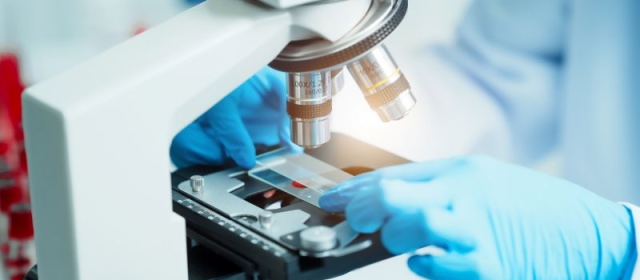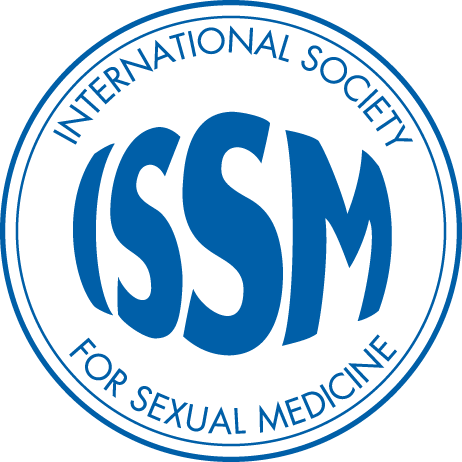
All News
Upcoming Events

Menopause is a natural transition that occurs when a person has gone at least 12 months in a row without menstruating (without birth control intervention). This is due to all of the oocytes (egg cells) in the ovaries being released, and usually occurs around age 50, with transitional symptoms (perimenopause) beginning in the mid-40s (U.S. averages). In some cases of oophorectomy, when both ovaries are removed, menopause may begin early.

Receptive anal intercourse (RAI) includes any sexual activity in which one partner inserts their body part (finger, penis, tongue) or object (sexual aids) into their partner’s anus and is more common than many may think. Approximately 36% of heterosexual women and 44% of heterosexual men have reported engaging in anal sex with a partner in their lifetime, and even more bisexual, lesbian, and gay men and women.

Postural Orthostatic Tachycardia Syndrome (POTS) is a condition that primarily affects women, but also a handful of men. Of the roughly 6 million Americans affected, around 80-85% of them are women of childbearing age. POTS is a type of dysautonomia, which is a group of neurologic disorders that affect the system that regulates the processes related to blood flow, heart rate, sexual arousal, and digestion. Specifically, when someone with POTS stands up, the body will release more adrenaline than normal to account for an above normal amount of blood pooling below the heart, which for an unknown reason, their blood vessels do not respond to very well. However, the heart still responds the same as a non-POTS person, leading to an increase in heartbeat without the right amount of blood flow. Due to this imbalance, lightheadedness, dizziness, and sometimes fainting can occur.

Background
Peyronie’s disease (PD) is a connective tissue disorder that can result in penile deformities through the buildup of plaque, creating abnormalities such as curvatures of the penis in any direction. The reported prevalence of PD varies greatly, between 0.4-20.3%. Ventral (downward) curvatures demonstrate much lower rates (11-17% of all PD cases) than dorsal (upward) or lateral (sideward) curvatures. The common concern with reversing ventral curvatures is interference with the urinary system, so finding effective and safe ways to treat men with ventral PD curvatures is imperative to providing care.

The Global Outreach Committee is pleased to announce five outstanding projects as recipients of this year’s $10,000 Global Outreach Grant. Chosen from a competitive pool of applications, these initiatives stood out for their potential to make a meaningful impact on sexual health education and care in underserved communities around the world.
The awarded projects are:
1. Improving Sexual Health in Ethiopia by Yehenaw Tadele Tenaw
This initiative addresses high STI rates, sexual abuse, and limited public awareness by offering free hybrid training to healthcare providers, social workers, and community leaders. It combines online courses, in-person workshops, assessments, and public campaigns to promote informed sexual health practices.
 |
"Receiving the ISSM Global Outreach Grant is a tremendous honor and a vital opportunity for me and the communities I serve in Ethiopia. |
2. Promoting Continuing Education in Sexual Medicine in Latin America by Facio Fernando
Targeting countries with limited resources, this project enhances the technical and practical knowledge of healthcare professionals. It also provides accessible educational content for the general public, especially adolescents, through expert-produced audiovisual materials.
 |
"Working on this project with SLAMS/ ISSM (Global Outreach Grants)to promote sexual education in Latin America will be a powerful and deeply meaningful experience. |
3. Arabic Podcast on Women’s Reproductive Health in Lebanon by Sandrine Atallah & Gaël Abou Ghannam
This podcast tackles taboo subjects - from menstruation to menopause - offering culturally sensitive, expert-informed content in an accessible format. Aimed at women and healthcare providers, the series seeks to break silence, dispel myths, and empower listeners across the Arab world.
  |
"This project means a great deal to us. As Arab women physicians, we are committed to breaking the silence surrounding topics like menstruation, fertility, postpartum sexuality, menopause, and vaginismus—topics too often left unspoken. With this podcast, we aim to offer accessible, culturally sensitive, and evidence-based information to thousands of Arabic-speaking women and the healthcare providers who serve them. This grant gives us the momentum and credibility to expand our impact and help normalize these crucial conversations." |
4. ISSM-SMSNA Africa Initiative by Daniela Wittmann
A joint program that delivers comprehensive sexual medicine and health training for oncology providers in Africa. Building on five years of successful in-person and virtual education in Kenya and Sub-Saharan Africa, the initiative continues to expand its reach and impact.
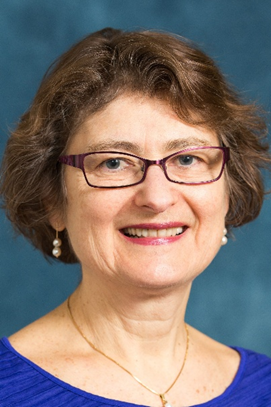 |
Sexual health is a topic that is rarely discussed as an aspect of cancer care globally. In response to an enthusiastic invitation by a Nairobi cancer center to bring education on sexual health in 2019, our team has continued to provide increasingly in-depth education, including clinical examples discussion with attendees. Our webinars have not only had solid attendance from Sub-Saharan Africa, but the program has also had participants from other parts of Africa and other continents. Participants tell us about their plans to incorporate sexual health assessment in their oncology practice which meets our goal and the goal of ISSM to have a positive impact on the quality of life of cancer patients in Africa. |
5. Vietnam Transgender Health Project by Bac Nguyen
This project equips Vietnamese healthcare providers with essential knowledge in transgender medicine through online courses, workshops, and educational tools. It aims to improve quality of care and address persistent discrimination in healthcare settings.
 |
"We are deeply honored and grateful to receive the ISSM Global Outreach Grant to support our project aimed at improving transgender care in Vietnam. This opportunity represents not only personal recognition for us at the Department of Andrology and Sexual Medicine, but also an important milestone for the medical and transgender communities in our country. This project carries deep personal and professional meaning. It reflects our commitment to inclusivity, patient-centered care, and the ethical responsibility to ensure that every individual, regardless of their gender identity, can access safe and appropriate healthcare services. We are confident that this initiative will have a meaningful and lasting impact on the transgender community in Vietnam, offering them the dignity, respect, and medical care they deserve." |
We look forward to following the progress of these inspiring projects over the coming year and sharing their outcomes as they contribute to advancing global sexual health.

Testicular torsion is what occurs when the testicle rotates inside the scrotum, which then twists the spermatic cord, cutting off blood flow to the testicle. Often, this will present as severe pain and swelling, as well as a testicle that’s positioned higher than normal or at an unusual angle. This can be accompanied by abdominal pain, fever, nausea and vomiting, frequent urination, discoloration, or a visible lump. While rare, testicular torsion is considered a medical emergency, and anyone experiencing these symptoms should seek immediate medical attention. If blood flow does not return to the testicle within 6 hours, there can be serious consequences, and the longer you wait for treatment, the more likely it is that you may lose the affected testicle.

Sexual interest/arousal disorder (SIAD) is considered the most common sexual dysfunction (SD) in women, presenting in 39% of American women and 40% of Canadian women. It’s characterized by low sexual desire or low sexual arousal over a period of at least 6 months. Both women with SIAD and their partners report higher levels of sexual distress, which is another key characteristic of the SD. It has been suggested in recent research that couples’ emotional regulation plays a very important role in determining the ability to cope with SIAD and accompanying sexual distress, based on the Interpersonal Emotion Regulation Model of Women’s Sexual Dysfunction. This suggests that both partners’ emotional regulation strategies could lead to lower levels of sexual and psychological distress, as well as higher levels of relationship satisfaction.

Feelings of guilt after sexual intercourse may be distressing or alarming, and they may even prevent someone from attempting to partake in sexual activity. However, there are explainable reasons for these feelings, and ways to help mitigate overall feelings of uneasiness, guilt, and shame that may be associated with sexual activity.

Diabetes mellitus (DM) is a metabolic condition most known for the body’s inability to produce or utilize insulin properly. If not managed carefully and holistically, including during treatment and care visits, DM can lead to further complications, such as sexual dysfunction (SD), of which 20-80% of diabetic women experiences symptoms. Sexual dysfunction experienced by diabetic women may include genital arousal disorder (caused by chronic hyperglycemia) or low self-esteem related to the overall impact of diabetes that may negatively affect sexual functioning. It’s assumed that as DM progresses, risk of SD increases.
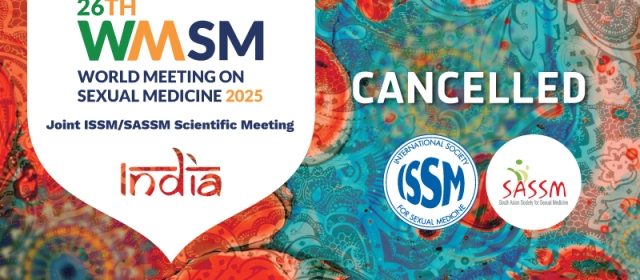
To our members, colleagues, and partners in sexual medicine,
It is with great regret that the International Society for Sexual Medicine (ISSM) and the South Asian Society for Sexual Medicine (SASSM) announce the cancellation of the World Meeting on Sexual Medicine (WMSM) 2025, which was scheduled to take place from September 11-14, 2025, in Bangalore, India.
This decision follows extensive discussions between the ISSM and SASSM leadership, as well as members of the WMSM Steering Committee. While all parties remained fully committed to delivering a high-quality scientific meeting in the region, the recent escalation of geopolitical tensions and the ongoing conflict between India and Pakistan have created a deeply uncertain environment for international collaboration. These circumstances have led to a significant reduction in anticipated delegate participation and sponsor support and ultimately compromised our ability to ensure a successful and inclusive global meeting.
The safety of our members, faculty, and partners has always been our top priority. ISSM and SASSM explored all possible alternatives to preserve the meeting, but we have jointly concluded that cancellation is the most responsible course of action under the current conditions.
We recognize and sincerely regret the inconvenience this may cause to those who had already planned to attend or contribute to WMSM 2025. All registered participants, sponsors, faculty, and abstract submitters will be contacted directly with further information regarding next steps, including details on refund procedures where applicable.
Despite this disappointing outcome, ISSM and SASSM remain committed to continued collaboration in the region and to advancing sexual medicine worldwide. We thank everyone who has supported the preparations for WMSM 2025. We look forward to welcoming the global community at the next World Meeting on Sexual Medicine, which will take place in Porto, Portugal on February 25-28, 2026.
For questions or further information, please visit https://issmsassm2025.org or contact the ISSM Meeting Office at
Best regards,
Dr. Run Wang
President
International Society for Sexual Medicine
Assoc. Prof. Mohammad Shamsul Ahsan
President
South Asian Society for Sexual Medicine
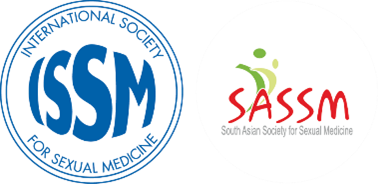
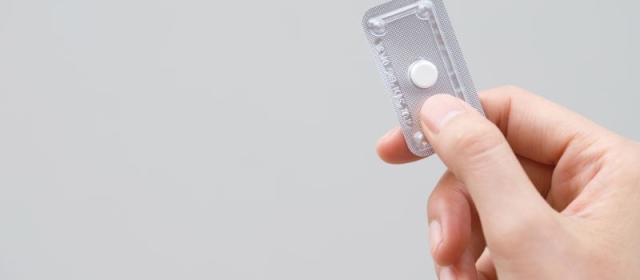
Emergency contraception consists of hormonal medications or other methods that can be taken to help prevent pregnancy in the case of unprotected intercourse, birth control failure, or non-consensual intercourse. There are several types of emergency contraception offered by healthcare services and recommended by global health organizations.

